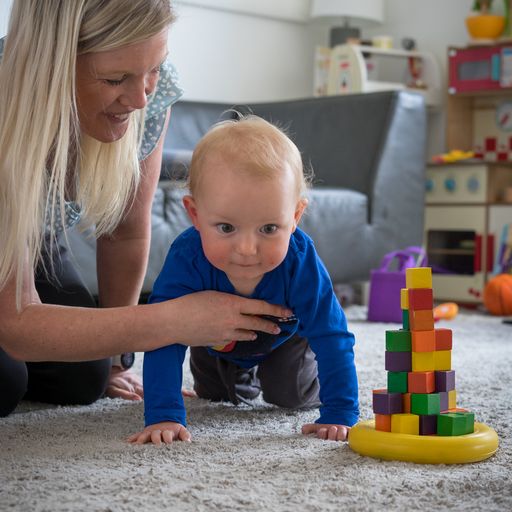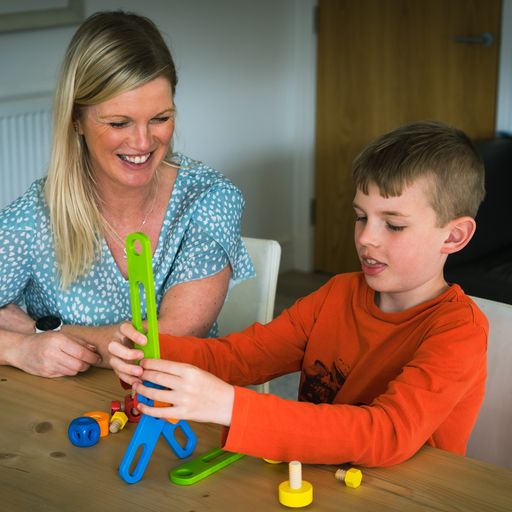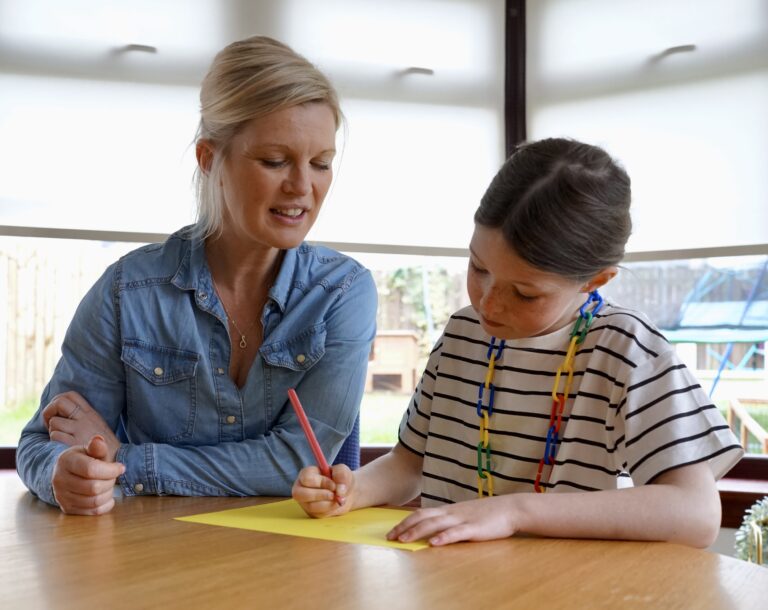Autism Spectrum Disorder ( ASD)
Occupational therapist can be a key support for children with ASD or with a presentation similar to ASD.

Please download this free brochure of advice to get you started in supporting your child right away.
How Can a Paediatric Occupational Therapist Help a Child with Autism (ASD)?
Every child with autism is unique, with their own strengths, challenges, and way of experiencing the world. A paediatric occupational therapist works with children and their families to support everyday life skills, communication, play, and sensory regulation—building confidence and independence through a compassionate, individualised approach. Here’s how I can help:
1. Supporting Sensory Processing
Many children with autism experience the world in a heightened or reduced sensory way (seeking and avoiding). They may be overwhelmed by noise, avoid touch, or seek out constant movement. I can assess these sensory differences and provide activities and strategies to help them feel safe, calm, and regulated in their bodies and environments.
2. Improving Communication Through Play
I support non-verbal communication, social interaction, and joint attention—often through play-based strategies that build connection, curiosity, and engagement. I help children develop the foundational skills that support meaningful interaction.
3. Building Independence in Daily Routines
I work on essential self-care tasks such as:
Dressing and getting ready for school
Toileting and hygiene
Mealtime routines and feeding skills
I break these tasks into small, manageable steps and use visual supports, repetition, and routines to promote confidence and independence.

4. Developing Fine and Gross Motor Skills
Children with autism may experience challenges with coordination, posture, and motor planning. I support the development of fine motor skills (like handwriting, using scissors, or buttons and zip) and gross motor skills (like balance and body awareness) through fun, movement-based activities.
5. Enhancing Emotional Regulation
Many children on the autism spectrum have trouble with transitions, frustration tolerance, or managing emotions. I teach calming strategies, create predictable environments, and build in opportunities for choice and control to help children feel more secure and adaptable.

6. Creating Supportive Environments at Home and School
I collaborate with parents, educators, and other professionals to adapt environments, create visual schedules, and recommend tools like sensory breaks, quiet spaces, or adaptive equipment to support learning and participation.
Together, we can help them shine
Reach out for an assessment and let’s partner to foster your child’s confidence, one thoughtful step at a time.
